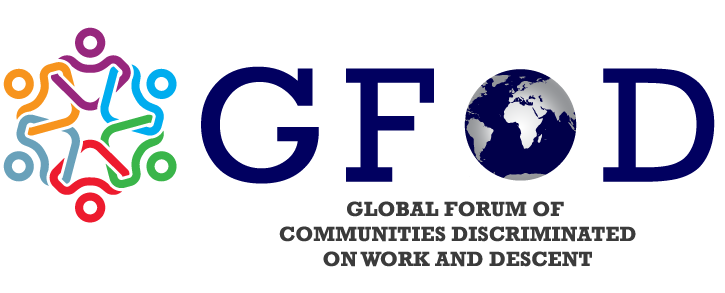SDG Goal 1 – No Poverty

The years following the 1992 Rio Conference have witnessed an increase in the number of people living in absolute poverty, particularly in developing countries. The enormity and complexity of the poverty issue could endanger the social fabric, undermine economic development and the environment, and threaten political stability in many countries.
As recalled by the foreword of the 2015 Millennium Development Goals Report, at the Millennium Summit in September 2000, 189 countries unanimously adopted the Millennium Declaration, pledging to “spare no effort to free our fellow men, women and children from the abject and dehumanizing conditions of extreme poverty”.
The 2030 Agenda acknowledges that eradicating poverty in all its forms and dimensions, including extreme poverty, is the greatest global challenge and an indispensable requirement for sustainable development.
Communities discriminated on work and descent are most often employed in the informal sector and they live in poverty, often extreme poverty. Take the case of the Quilombolas, Latin America’s largest Community Discriminated on Work and Descent (CDWD) with 16 million historically oppressed Afro-Brazilians. 75 per cent of the Quilombolas live in extreme poverty, only 15 per cent of their homes have access to the public water network and 5 per cent have access to regular rubbish collection, 89 per cent of Quilombola homes burn domestic waste and only two in a thousand homes are connected to the sewage and storm water networks.
A major characteristic of poverty experienced by the Roma community in Europe, for instance, is the multidimensional nature of deprivation and marginalisation that the Roma people experience. Roma poverty entails not only a lack of financial resources, unemployment, sub-standard housing, or poor access to social services.

